New Data Architectures are too Data-Store-Centric
Data Virtualization
FEBRUARY 28, 2020
Too often the design of new data architectures is based on old principles: they are still very data-store-centric. They consist of many physical data stores in which data is stored repeatedly and redundantly. Over time, new types of data stores,





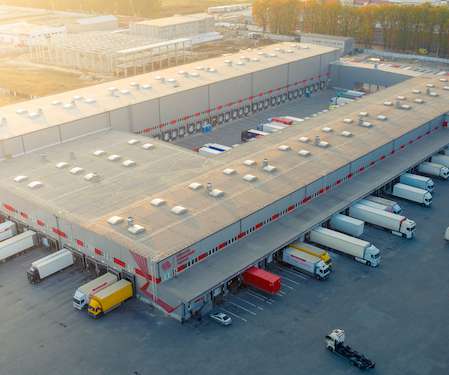
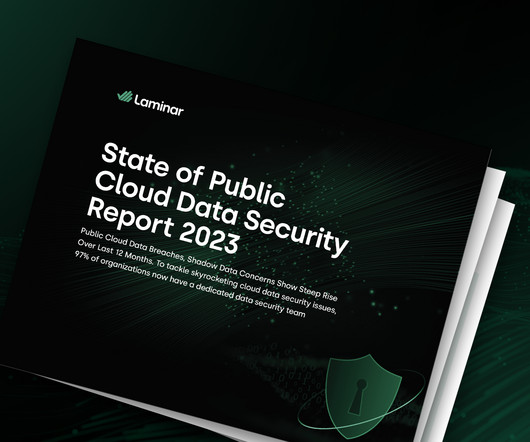


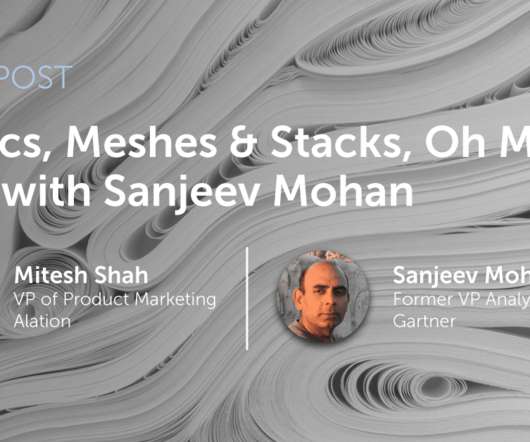
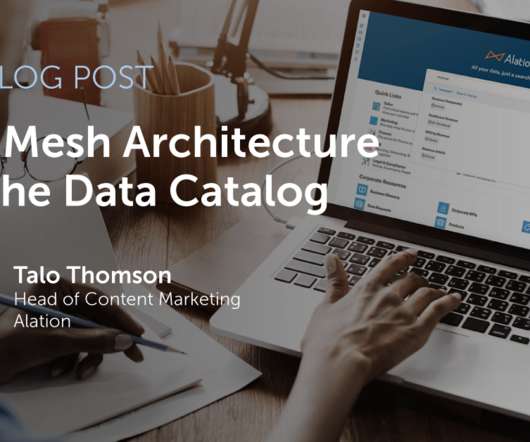



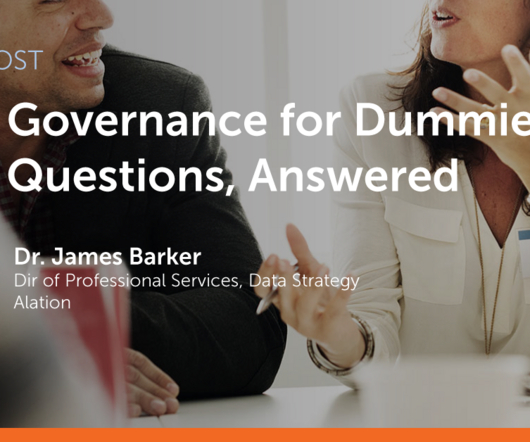
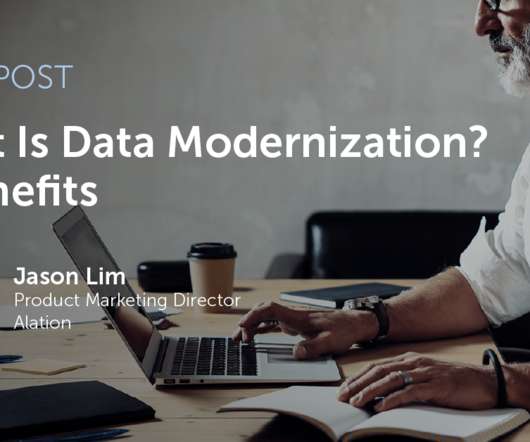








Let's personalize your content